Navigation North had a blast at CUE 2017!
Our team demonstrated some of the platforms we helped develop, including CTE Online, The Smithsonian Learning Lab, and Open ED Community. It was wonderful to meet so many different, creative, and excited teachers.
We were asked time and time again, “How is all this stuff free?!?”
Thank you to all the teachers who registered! We hope you find these free resources helpful in your classroom.

[fusion_builder_container hundred_percent=”yes” overflow=”visible” margin_top=”20px” margin_bottom=”” background_color=”rgba(255,255,255,0)”][fusion_builder_row][fusion_builder_column type=”1_1″ background_position=”left top” background_color=”” border_size=”” border_color=”” border_style=”solid” spacing=”yes” background_image=”” background_repeat=”no-repeat” padding=”” margin_top=”0px” margin_bottom=”0px” class=”” id=”” animation_type=”” animation_speed=”0.3″ animation_direction=”left” hide_on_mobile=”no” center_content=”no” min_height=”none”][fusion_separator style_type=”none” sep_color=”” border_size=”” icon=”” icon_circle=”” icon_circle_color=”” width=”” alignment=”center” class=”” id=””/]
We felt the Twitter love. #OERsuperhero
[/fusion_builder_column][/fusion_builder_row][/fusion_builder_container][fusion_builder_container hundred_percent=”yes” overflow=”visible” margin_top=”20px” margin_bottom=”” background_color=”rgba(255,255,255,0)”][fusion_builder_row][fusion_builder_column type=”1_1″ background_position=”left top” background_color=”” border_size=”” border_color=”” border_style=”solid” spacing=”yes” background_image=”” background_repeat=”no-repeat” padding=”” margin_top=”0px” margin_bottom=”0px” class=”” id=”” animation_type=”” animation_speed=”0.3″ animation_direction=”left” hide_on_mobile=”no” center_content=”no” min_height=”none”][fusion_separator style_type=”none” sep_color=”” border_size=”” icon=”” icon_circle=”” icon_circle_color=”” width=”” alignment=”center” class=”” id=””/]
[/fusion_builder_column][/fusion_builder_row][/fusion_builder_container][fusion_builder_container hundred_percent=”yes” overflow=”visible”][fusion_builder_row][fusion_builder_column type=”1_1″ background_position=”left top” background_color=”” border_size=”” border_color=”” border_style=”solid” spacing=”yes” background_image=”” background_repeat=”no-repeat” padding=”” margin_top=”0px” margin_bottom=”0px” class=”” id=”” animation_type=”” animation_speed=”0.3″ animation_direction=”left” hide_on_mobile=”no” center_content=”no” min_height=”none”][irp posts=”7472″ name=”Navigation North Announces New Open Educational Resources Platform”]
[fusion_separator style_type=”none” top_margin=”20″ bottom_margin=”” sep_color=”” border_size=”” icon=”” icon_circle=”” icon_circle_color=”” width=”” alignment=”center” class=”” id=””/]
[fusion_builder_row_inner][fusion_builder_column_inner type=”1_2″ spacing=”yes” last=”no” center_content=”no” hide_on_mobile=”no” background_color=”” background_image=”” background_repeat=”no-repeat” background_position=”left top” link=”” hover_type=”none” border_position=”all” border_size=”0px” border_color=”” border_style=”solid” padding=”” margin_top=”” margin_bottom=”” animation_type=”0″ animation_direction=”down” animation_speed=”0.1″ animation_offset=”” class=”” id=””]
As a teacher who has NEVER taught out of a textbook, I approve 😂 #cue17 #smithsonian #edtech #cue17expo #oer @openEDcommunity pic.twitter.com/l79Ivh61pg
— Vanessa Vosburg (@MissVTechie) March 17, 2017
Congratulations to the winners from us back in Washington DC! #CUE2017 https://t.co/omtBUCIkMe
— Learning Lab (@SmithsonianLab) March 17, 2017
[/fusion_builder_column_inner]
[/fusion_builder_column][fusion_builder_column type=”1_2″ spacing=”yes” last=”yes” center_content=”no” hide_on_mobile=”no” background_color=”” background_image=”” background_repeat=”no-repeat” background_position=”left top” link=”” hover_type=”none” border_position=”all” border_size=”0px” border_color=”” border_style=”solid” padding=”” margin_top=”” margin_bottom=”” animation_type=”0″ animation_direction=”down” animation_speed=”0.1″ animation_offset=”” class=”” id=””]
We know how to have fun in booth 513! #CUE17 #OERsuperhero pic.twitter.com/rVKvWH7DSp
— Navigation North (@NavNorth) March 17, 2017
[/fusion_builder_column]
We gave away decks of the limited edition Curio Smithsonian Learning Lab collectible card game, countless stickers, green swag and temporary tattoos for St. Patty’s Day, t-shirts, blow up dice, and more.
Not to brag, but our booth was the fun booth. Duh!


[fusion_builder_column type=”1_1″ background_position=”left top” background_color=”” border_size=”” border_color=”” border_style=”solid” spacing=”yes” background_image=”” background_repeat=”no-repeat” padding=”” margin_top=”0px” margin_bottom=”0px” class=”” id=”” animation_type=”” animation_speed=”0.3″ animation_direction=”left” hide_on_mobile=”no” center_content=”no” min_height=”none”][fusion_separator style_type=”none” top_margin=”20″ bottom_margin=”” sep_color=”” border_size=”” icon=”” icon_circle=”” icon_circle_color=”” width=”” alignment=”center” class=”” id=””/]
[/fusion_builder_column][fusion_builder_column type=”1_1″ background_position=”left top” background_color=”” border_size=”” border_color=”” border_style=”solid” spacing=”yes” background_image=”” background_repeat=”no-repeat” padding=”” margin_top=”0px” margin_bottom=”0px” class=”” id=”” animation_type=”” animation_speed=”0.3″ animation_direction=”left” hide_on_mobile=”no” center_content=”no” min_height=”none”][irp posts=”7049″ name=”4 Reasons Students Love The Smithsonian Learning Lab”]
[fusion_separator style_type=”none” top_margin=”20″ bottom_margin=”” sep_color=”” border_size=”” icon=”” icon_circle=”” icon_circle_color=”” width=”” alignment=”center” class=”” id=””/]
To see more photos from the conference, visit our Facebook page.
[fusion_separator style_type=”none” top_margin=”20″ bottom_margin=”” sep_color=”” border_size=”” icon=”” icon_circle=”” icon_circle_color=”” width=”” alignment=”center” class=”” id=””/]
 [/fusion_builder_column][/fusion_builder_row][/fusion_builder_container]
[/fusion_builder_column][/fusion_builder_row][/fusion_builder_container]
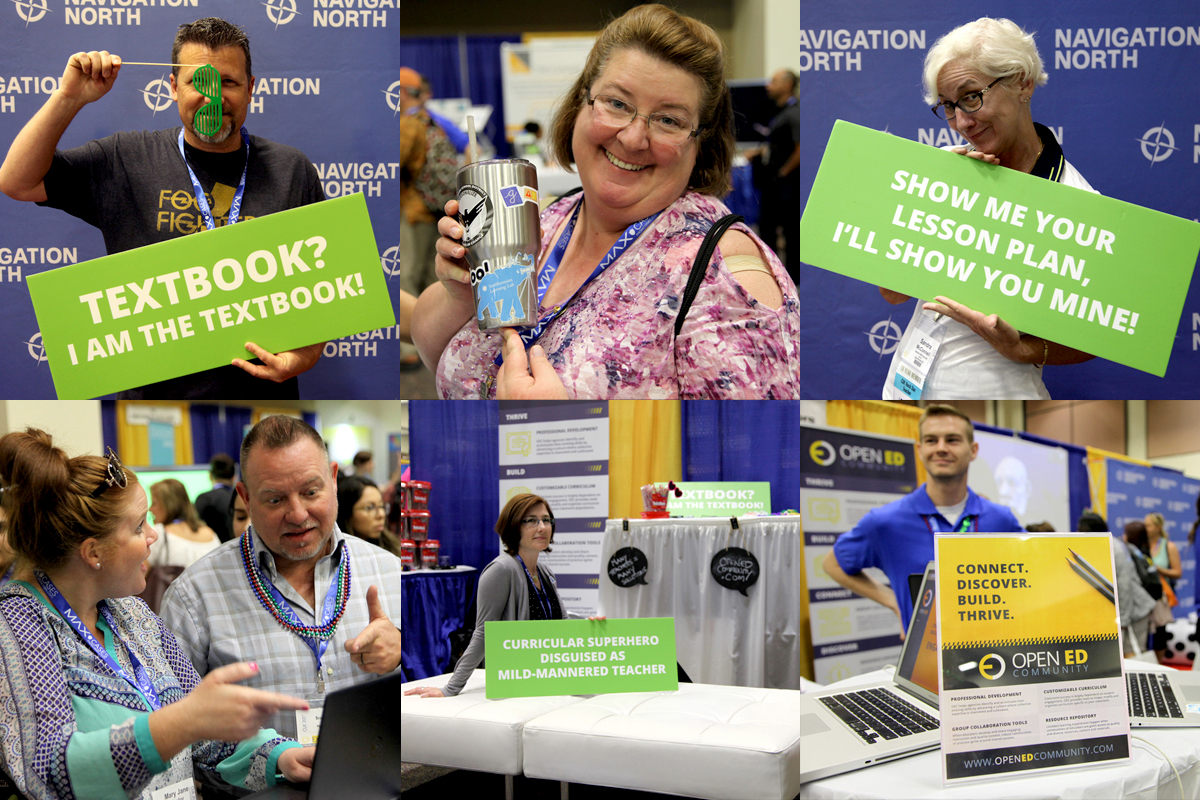
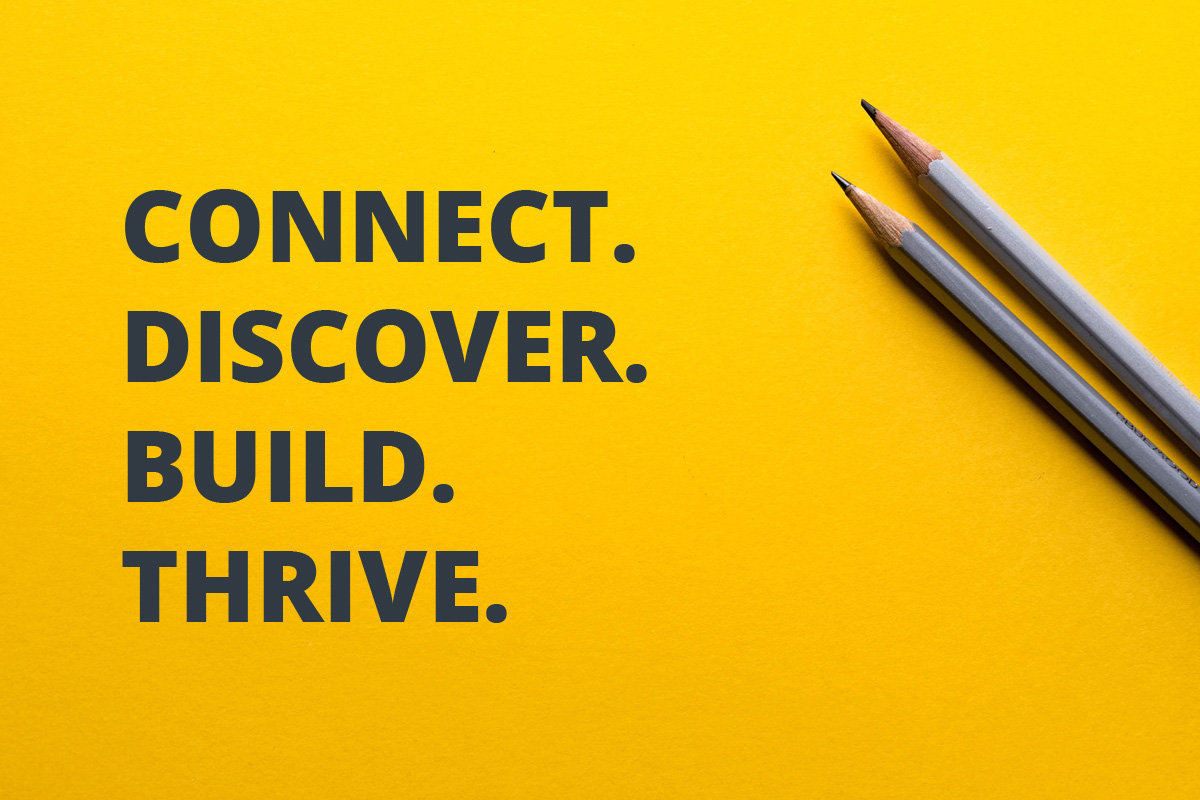








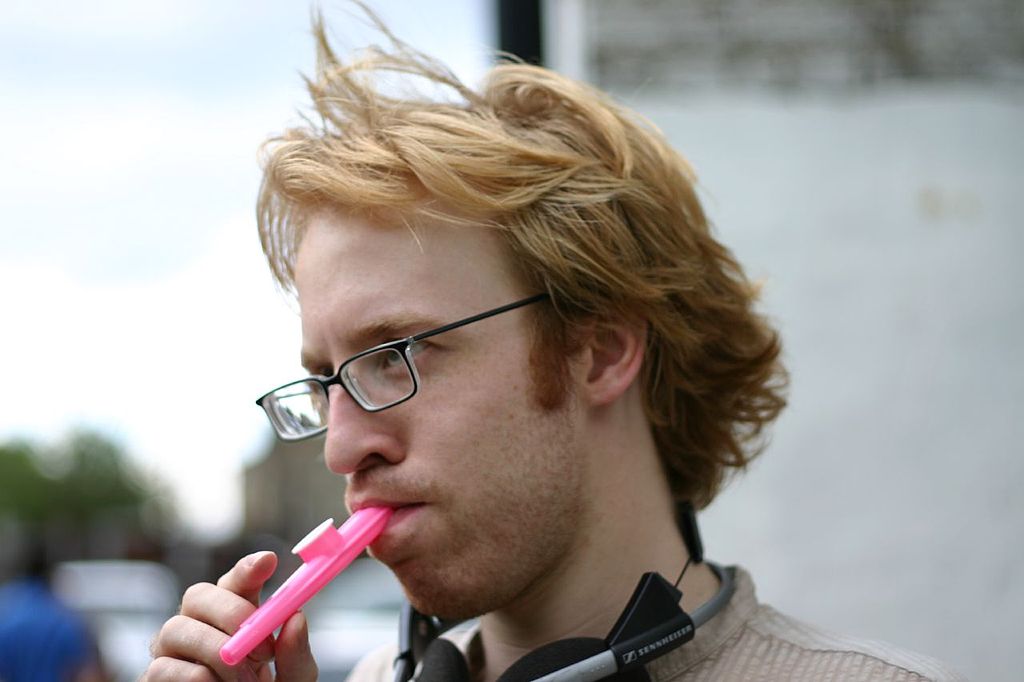
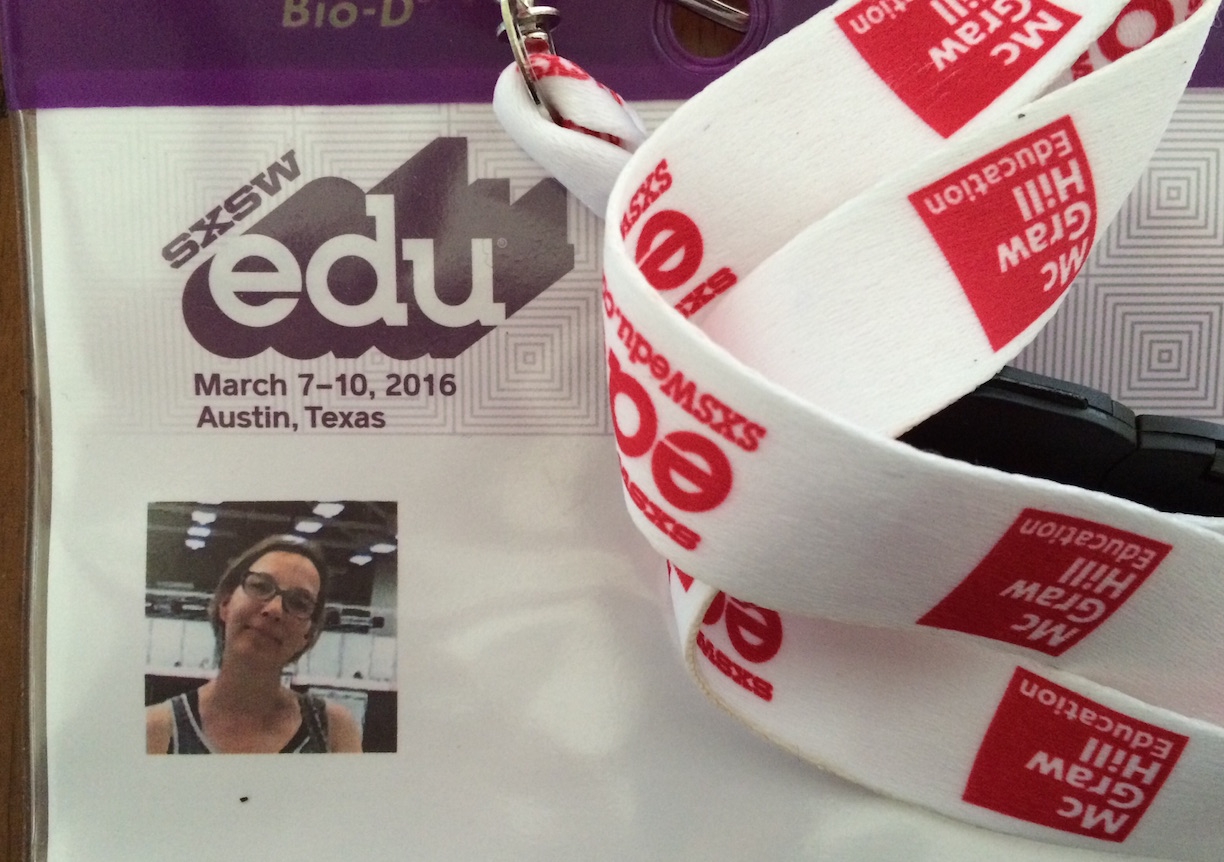

 demonstration of knowledge, the tools provide little help to change the outcomes of those classrooms.
demonstration of knowledge, the tools provide little help to change the outcomes of those classrooms.
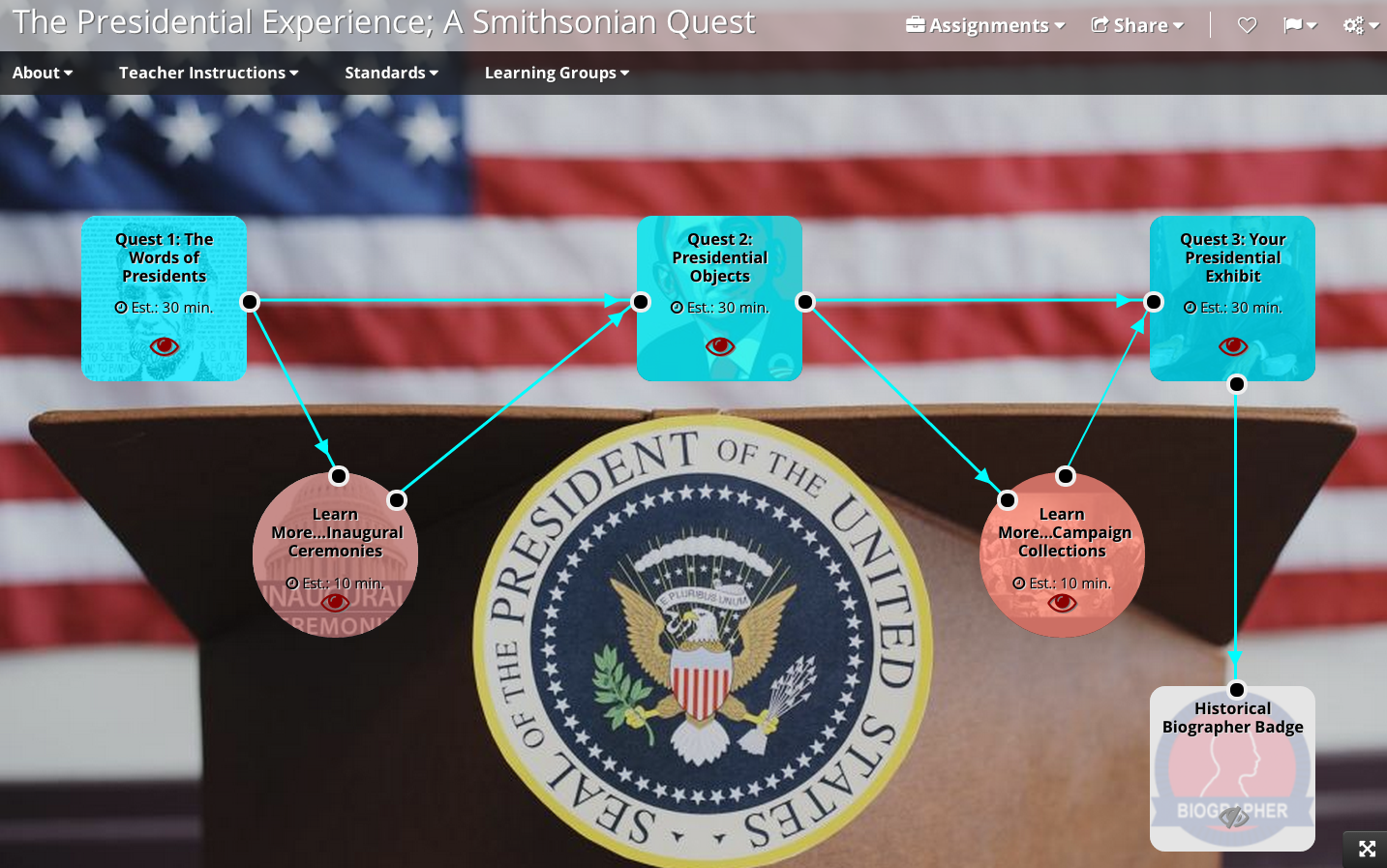

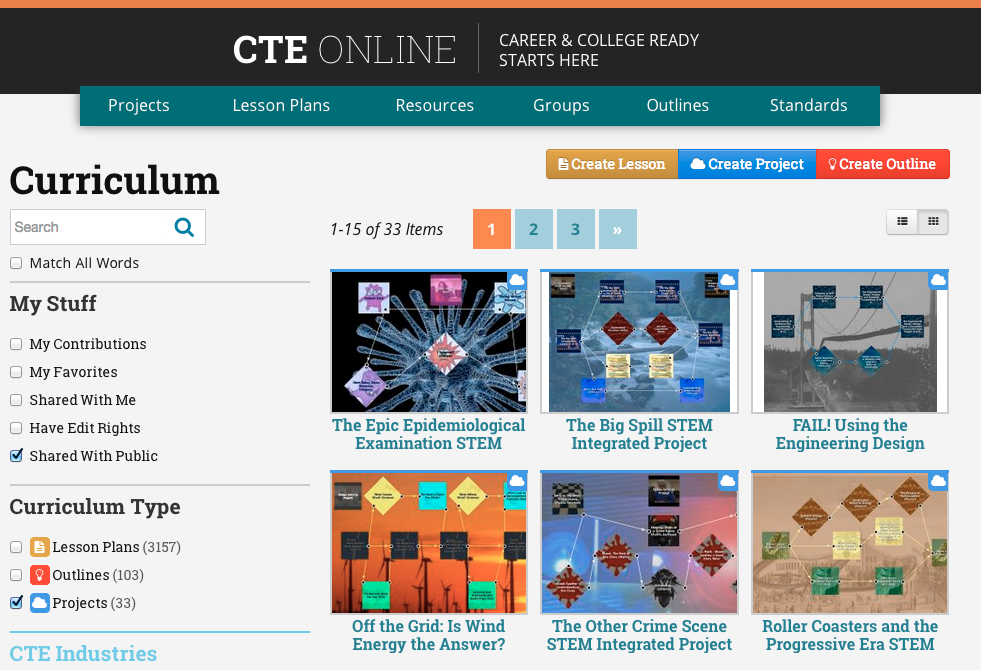
 of teacher-teams from across the state of California in Sacramento. All the pieces are familiar, tables with laptops, notes, materials, hovering instructional leads (all current or former classroom teachers by design), and the CTE Online site up on the screen. While I don’t see it, I am certain there is coffee and danishes and fruit in the back of the room, and with any luck, a variety of flavored creamers. (which always seemed like one of the most difficult and absurd things to secure given all of the other technical moving pieces to this puzzle)
of teacher-teams from across the state of California in Sacramento. All the pieces are familiar, tables with laptops, notes, materials, hovering instructional leads (all current or former classroom teachers by design), and the CTE Online site up on the screen. While I don’t see it, I am certain there is coffee and danishes and fruit in the back of the room, and with any luck, a variety of flavored creamers. (which always seemed like one of the most difficult and absurd things to secure given all of the other technical moving pieces to this puzzle) In 2005 we dared to consider using an online lesson authoring tool integrated with high-end digital resources and then state academic and CTE standards to allow these great teachers to create and share the detail of their best lessons and projects. The first pilot we performed was in Chico CA and involved about 25 educators working independent of one another, all autonomous in their disciplines ranging from Auto Teachers and Early Childhood Educators to Culinary Teachers and Engineering/Architecture Instructors. They each created what they considered to be their 4 best lessons in the online environment and were guided by the tool and a small team of me and two technical support staff. Once we published those 100 or so lessons to CTE Online, the site’s access immediately grew from an average of 10-20 visits a day to 200 in the first 3 weeks. Over the years we expanded the program to include institutes all over the state, and involved up to 145 teachers in a given year. We also started soliciting teams of teachers from academies and programs where academic core staff and CTE/STEM staff worked together to create project-based units of multiple lessons. We paid the teachers for their curriculum, we treated them like professionals, we selected some of them to serve as specialists and instructional leads to support future teams and groups in our program. We did dinners together, and convened in hotel rooms to work through ideas late into the night. We made lots of friends amongst these teachers many of whom I call on and connect with regularly to this day. (below, growth of users per month on CTE Online from 2010-2014)
In 2005 we dared to consider using an online lesson authoring tool integrated with high-end digital resources and then state academic and CTE standards to allow these great teachers to create and share the detail of their best lessons and projects. The first pilot we performed was in Chico CA and involved about 25 educators working independent of one another, all autonomous in their disciplines ranging from Auto Teachers and Early Childhood Educators to Culinary Teachers and Engineering/Architecture Instructors. They each created what they considered to be their 4 best lessons in the online environment and were guided by the tool and a small team of me and two technical support staff. Once we published those 100 or so lessons to CTE Online, the site’s access immediately grew from an average of 10-20 visits a day to 200 in the first 3 weeks. Over the years we expanded the program to include institutes all over the state, and involved up to 145 teachers in a given year. We also started soliciting teams of teachers from academies and programs where academic core staff and CTE/STEM staff worked together to create project-based units of multiple lessons. We paid the teachers for their curriculum, we treated them like professionals, we selected some of them to serve as specialists and instructional leads to support future teams and groups in our program. We did dinners together, and convened in hotel rooms to work through ideas late into the night. We made lots of friends amongst these teachers many of whom I call on and connect with regularly to this day. (below, growth of users per month on CTE Online from 2010-2014)
 However, along the line we did find those few leaders at the state department, and amongst local agencies that saw our approach and our data for what it was worth. They waded into the bureaucratic tangle we caused and pushed beyond the rhetoric to lend us support and shield us when the barrage became the heaviest. They have the scars to show for it. I thank them for that, and the teachers who were brave enough to bare their curricular thinking and planning and trusting us to not critique or judge but instead to ask questions, guide, coach and always collaborate in bringing out their excellence and allowing us to help tell the story of their effectiveness and commitment to students. (See
However, along the line we did find those few leaders at the state department, and amongst local agencies that saw our approach and our data for what it was worth. They waded into the bureaucratic tangle we caused and pushed beyond the rhetoric to lend us support and shield us when the barrage became the heaviest. They have the scars to show for it. I thank them for that, and the teachers who were brave enough to bare their curricular thinking and planning and trusting us to not critique or judge but instead to ask questions, guide, coach and always collaborate in bringing out their excellence and allowing us to help tell the story of their effectiveness and commitment to students. (See